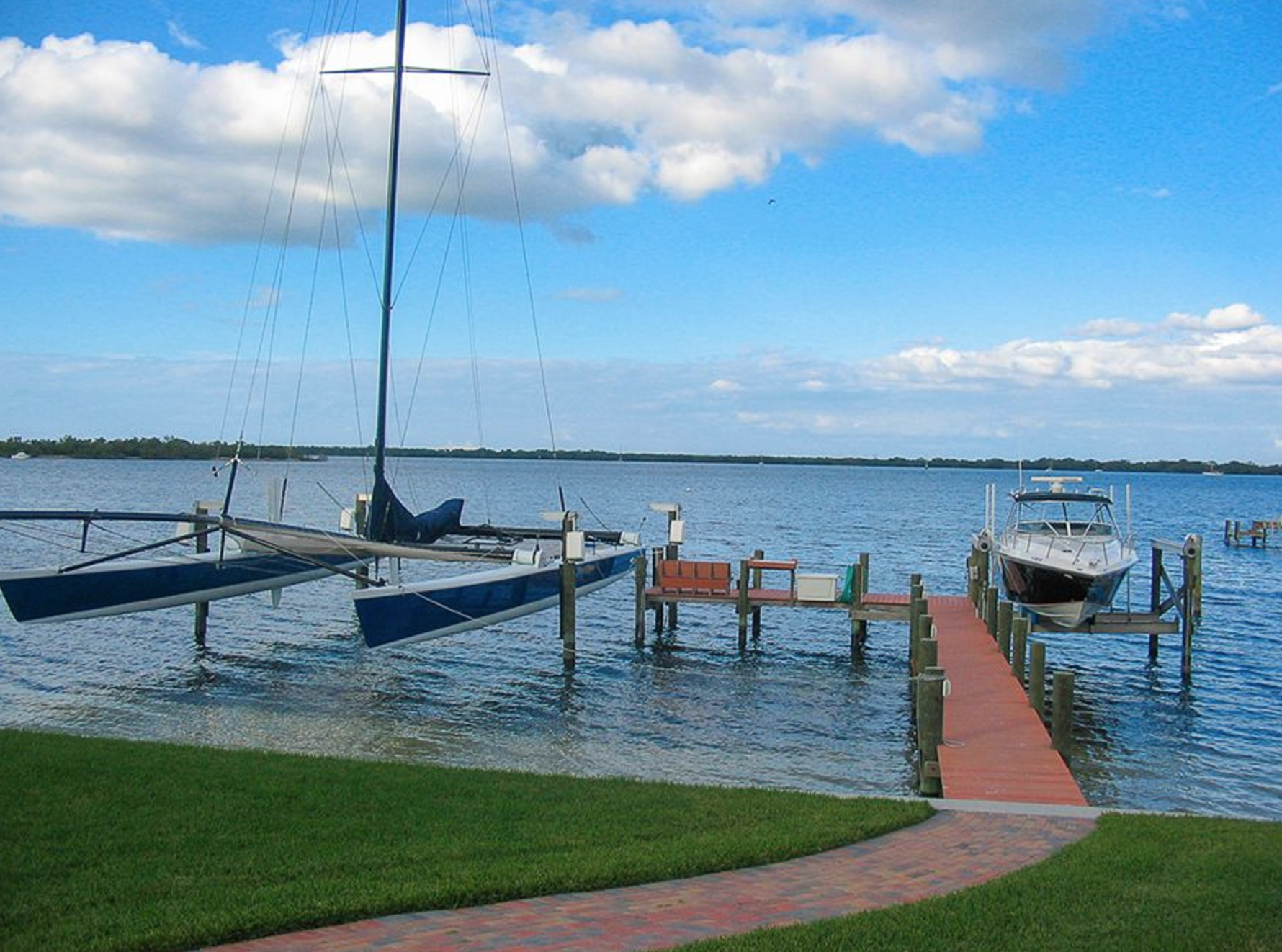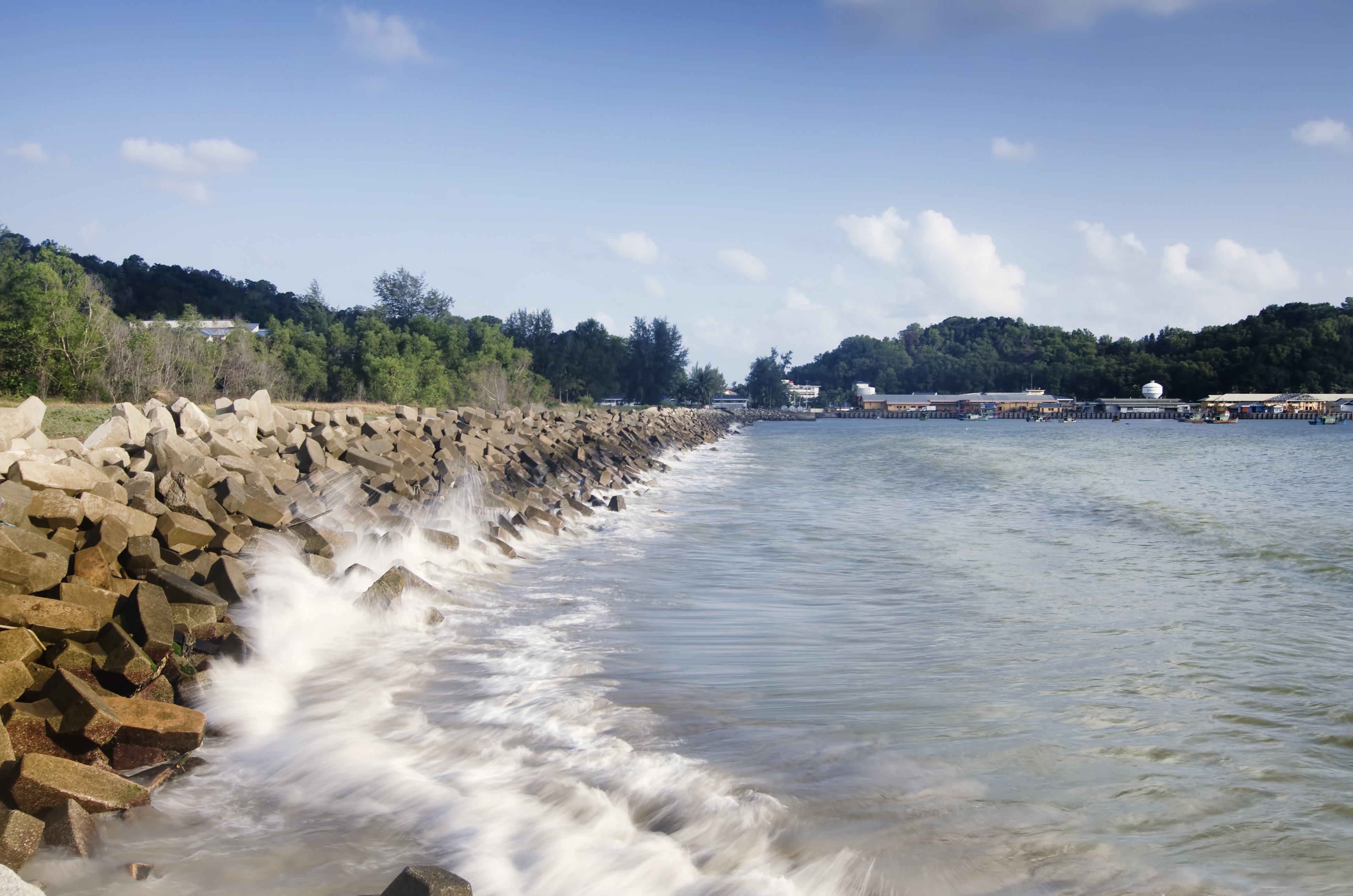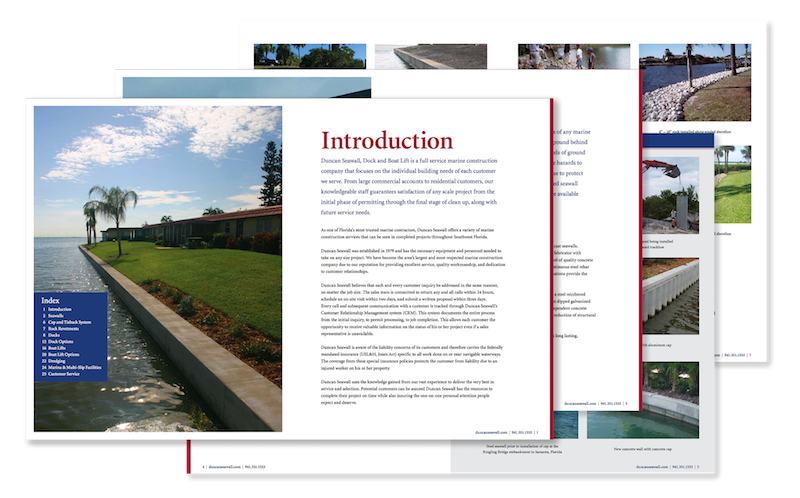If you spend any time near the water, you’ve likely noticed seawalls along canals, bays, and other waterfront properties. These structures are a common feature throughout Florida’s coastal communities, providing critical protection against erosion and flooding. But what exactly is a seawall, how does it work, and why is it so important for your property?
Related Blog: What to Expect When Building a Dock or Seawall
What is a Seawall?
A seawall is a structure built along the shoreline to defend property and infrastructure from erosion and wave damage. Seawalls act as a barrier between land and water, helping to stabilize the shoreline while protecting homes, docks, and other nearby structures.
How Do Seawalls Work?
Seawalls are designed to minimize the eroding impact of heavy waves. They accomplish this by reducing the wave's force before it reaches land. Seawalls redirect the wave's energy back to the sea, reducing erosion while protecting land, structures, and inhabitants.
By minimizing the wave force that reaches land, seawalls protect beaches, cliffs, canals, docks, and nearby structures from long-term damage. In coastal regions like Southwest Florida, seawalls are especially important for mitigating the effects of storm surges and hurricanes.
Types of Seawalls
There are two primary types of seawalls used in Florida: riprap embankments and vertical seawalls. Each type offers unique advantages depending on your property’s location, the surrounding environment, and the level of wave exposure.
Riprap Embankments
Riprap embankments are used along shorelines that are continuously exposed to the effects of rushing water. This type of seawall is inexpensive and best suited for low-impact areas. A riprap embankment is less effective against large waves but can help dissipate the energy of small waves.
A riprap embankment is basically a rubble mound. The side exposed to the sea is covered in rocks, sandbags, stones, or even concrete rubble leftover from paving or construction demolition.

Vertical Walls
As the name implies, vertical seawalls are sturdy, upright walls that act as a barrier between your property and the power of the sea. This type of seawall typically sticks straight up from the seabed, enabling you to fully use your property and protect it from erosion. In addition, vertical seawalls take the full force of a wave and are a time-tested method of blocking large, high-powered waves.

Should I Get a Seawall?
If left unchecked, crashing waves will eat away at the shoreline and may cause flooding. A properly designed and maintained seawall can provide lasting protection and peace of mind for waterfront property owners. Here are some of the most significant benefits:
-
Prevents shoreline erosion: Seawalls stop soil and sand from washing away, helping to preserve the natural shape of your property.
-
Protects against flooding: During high tides and storms, a seawall reduces water intrusion that can damage homes, docks, and boats.
-
Long-lasting investment: With quality materials and professional construction, a seawall can last for decades, offering ongoing protection and value.
-
Space-efficient solution: Vertical seawalls take up minimal space compared to other erosion control methods, maximizing usable property area.
-
Enhances property value: A durable and well-maintained seawall can improve your property’s appearance and long-term resale value.
Contact the Experts At Duncan Seawall
When it comes to seawall construction and repair, Duncan Seawall is the leading marine construction company in Southwest Florida. With more than 40 years of experience, our team specializes in custom seawall design, shoreline stabilization, and long-term waterfront protection.
Contact Duncan Seawall today to learn how we can help you safeguard your property with a seawall built to last. Download our Complete Guide to Seawalls for expert insights on protecting your waterfront home and extending the life of your investment.










